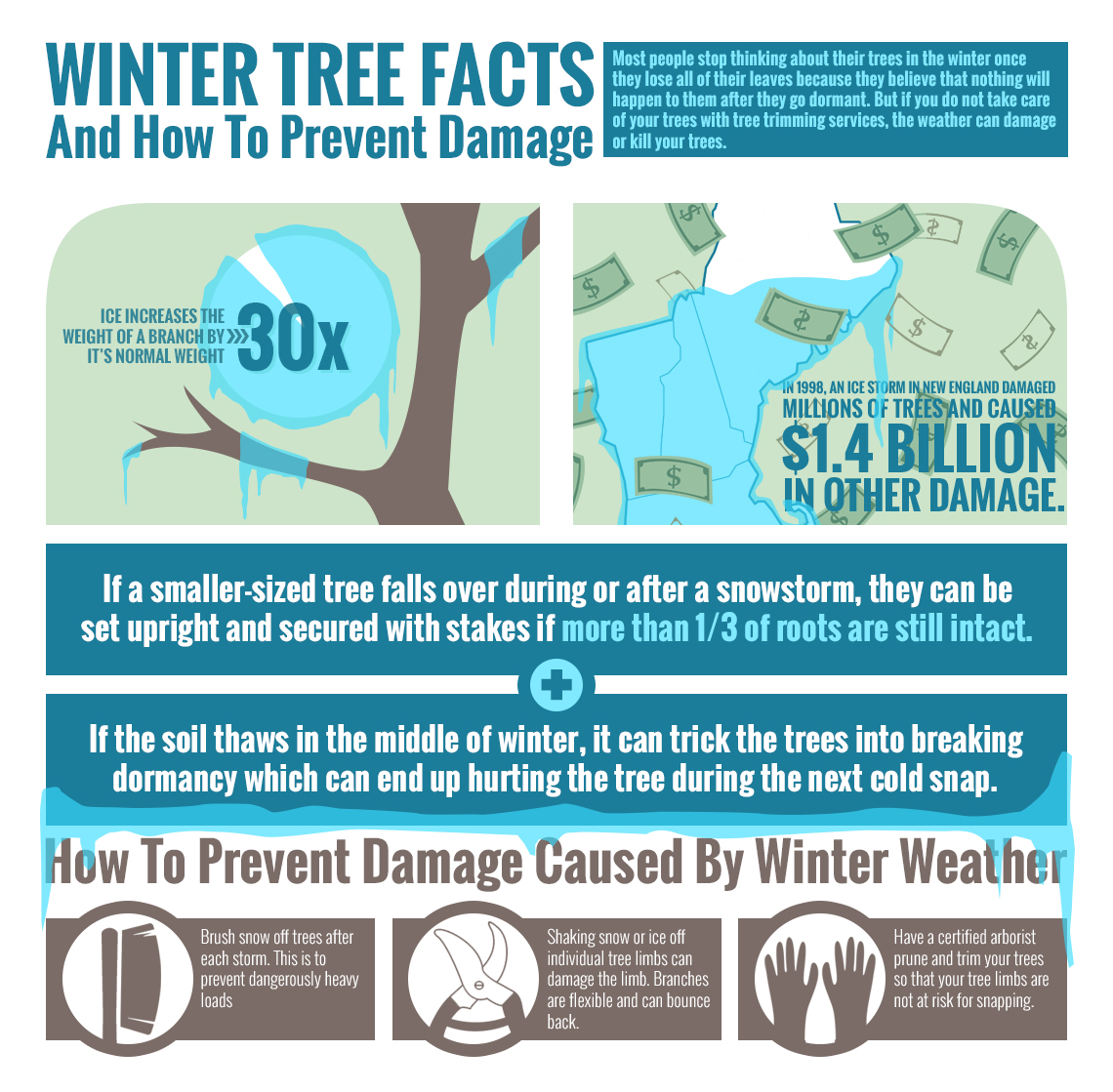The Ecological Effects Of Cutting Down Trees: Key Insights You Required To Take Into Consideration
The Ecological Effects Of Cutting Down Trees: Key Insights You Required To Take Into Consideration
Blog Article
Web Content Develop By-Ashworth Walker
When it concerns the ecological impact of tree removal, there are important facets that require your interest. From the elaborate internet of partnerships within environments to the subsequent impacts on environment patterns, the repercussions are profound. You may be amazed to find the intricate ways in which the elimination of trees can reverberate throughout the environment. Keep tuned to decipher the detailed links and ramifications of this relatively simple act.
Logging and Habitat Loss
Logging and habitat loss are important problems stemming from tree removal. When trees are reduced, it interrupts whole communities. Not only are the trees themselves shed, yet the homes and food resources of many plant and animal species are damaged too. Read the Full Piece of writing lose their nesting sites, creatures lose their sanctuary, and pests lose their habitats. The impacts surge via the food chain, impacting predators and target alike.
In addition, logging adds to environment modification. Trees play an essential function in soaking up carbon dioxide, a greenhouse gas that traps warmth in the environment. With less trees, there's less carbon dioxide absorption, leading to increased levels of this gas in the atmosphere and aggravating international warming.
Environment loss is a straight result of deforestation, as the destruction of woodlands indicates the loss of distinct and diverse ecosystems. Cost To Remove A Tree are incapable to adjust to fast adjustments in their setting, resulting in population decreases and, sometimes, extinction.
Shielding woodlands is necessary to preserving the fragile equilibrium of nature and ensuring the survival of countless plant and pet varieties.
Influence on Biodiversity
The elimination of trees has a considerable effect on biodiversity, affecting the selection and abundance of plant and animal varieties in a location. Trees provide habitat and food sources for various organisms, from insects to birds to animals. When trees are removed, these varieties lose their homes and sources of sustenance, causing a decline in their populations. This disturbance can have cascading results on the entire environment.
Moreover, trees play a crucial function in preserving biodiversity by developing microhabitats within their covers, trunks, and origins that support a variety of varieties. When trees are lowered, these specialized atmospheres are ruined, reducing the total diversity of the area.
Furthermore, the elimination of trees can result in a reduction in genetic diversity within plant populaces, as particular tree varieties may no more be able to duplicate or spread efficiently. Shielding trees and woodlands is essential for protecting biodiversity and making certain the health of ecological communities for future generations.
Dirt Erosion and Environment Adjustment
With trees being eliminated from an area, the interruption of dirt structure and stability happens, resulting in raised soil erosion. Trees play an important function in preventing erosion by holding dirt in place with their root systems. When trees are removed, especially in lots, the soil ends up being extra at risk to disintegration from wind and water. This disintegration not only impacts the instant surroundings yet can likewise cause sedimentation in close-by water bodies, influencing water top quality and aquatic communities.
Furthermore, trees help regulate the environment by absorbing co2 during photosynthesis. When trees are cut down, this natural carbon sink is diminished, contributing to enhanced degrees of greenhouse gases in the environment. This can intensify environment change, bring about even more extreme weather occasions and disruptions in communities worldwide.
As a result, the removal of trees not only accelerates dirt disintegration however additionally contributes in the bigger ecological concern of climate adjustment. It's important to consider these elements when assessing the influences of tree elimination on the atmosphere.
Conclusion
Now that you understand the ecological impact of tree elimination, take into consideration the consequences before lowering trees. Deforestation interrupts ecosystems, lowers biodiversity, and contributes to soil disintegration and climate adjustment. By being mindful of the influence of tree elimination, you can assist secure our environment and maintain the delicate equilibrium of nature. Make educated selections and think about alternative remedies to decrease the unfavorable impacts on our world.
